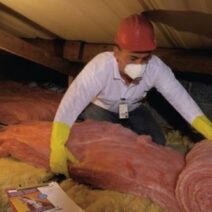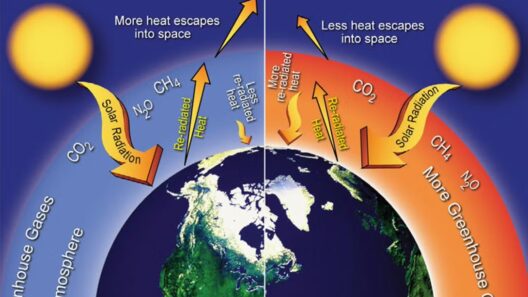In the broad realm of storage solutions, climate-controlled units occupy a niche akin to a finely tuned orchestra, harmonizing temperature and humidity to create an ideal environment for the preservation of delicate belongings. The debate surrounding the necessity of climate-controlled storage often evokes questions that stir curiosity. Is it a luxury, or is it an imperative for safeguarding cherished possessions? To unravel this conundrum, it is essential to delve into the circumstances that may compellingly advocate for climate regulation.
Understanding when climate-controlled storage is a necessity begins with recognizing the diverse factors that can affect the integrity of your belongings. Consider certain materials and their reactions to environmental fluctuations. For instance, wooden furniture can warp and crack in extreme temperatures. Artwork and photographs, comprised of sensitive materials, may succumb to fading or deterioration without appropriate safeguards. Essentially, the question morphs into: What are you storing, and how vulnerable is it to the whims of nature?
A quintessential scenario where climate-controlled storage becomes crucial is in the realm of antiques. Antiques are resonant with history; their worth often transcends monetary value, entwined with memories and familial legacies. These collected treasures—be it a vintage grandfather clock or a delicate porcelain figurine—require stable temperatures and moderate humidity levels to prevent mold, mildew, or irreversible damage. Here, climate control acts as a guardian of stories, preserving heritage through the ages.
Moreover, the care of musical instruments exemplifies another vivid illustration. A grand piano, an embodiment of artistry, necessitates a vigilant environment. Extreme temperature changes can cause wood to expand or contract, altering its sound quality. In this extension, climate control fosters an ecosystem where notes can resonate, unhindered by environmental factors, allowing the instrument to narrate its melodious legacy.
Similarly, for those who handle sensitive documents—be it important legal papers, tax records, or cherished family photographs—exposure to humidity and fluctuating temperatures can lead to irreversible degradation. Paper, as a material, is remarkably susceptible to mold and can become brittle over time. Thus, climate-controlled storage can be viewed as a preservation chamber for collective histories, ensuring that these documents maintain their integrity over the years.
Now, let’s pivot to the consideration of seasonal storage needs. Transitioning between homes or adjusting life situations often necessitates temporary storage. In areas characterized by extreme seasonal fluctuations, such as regions experiencing blistering summers and frigid winters, the rationale for choosing a climate-controlled unit becomes increasingly pertinent. Items such as leather goods, electronics, or perishable materials may not fare well in such variances, making climate control a prudent choice.
However, not every item requires the comforting embrace of climate regulation. Delve into the philosophy of storage; understanding your belongings helps delineate what is essential. Seasonal decorations, plastic toys, or garden tools may bestand the vagaries of changing temperatures and humidity. In such instances, traditional storage may suffice, showcasing a pragmatic approach that balances utility with economic considerations.
While discussing the economic aspect, potential downsides cannot be disregarded. Climate-controlled storage units tend to command a premium compared to their traditional counterparts. This raises a pivotal discussion: Is the economic investment justified? Here, the answer rests in the value of the stored items. For irreplaceable family heirlooms, the cost may pale in comparison to the loss incurred from degradation. The intrigue lies within the calculus of value—a thorough assessment crafted from personal circumstances, financial constraints, and the significance of items at stake.
Another aspect warranting contemplation relates to the access and frequency of visits to these storage units. If items are to be frequently retrieved or replaced, a climate-controlled environment can provide reassurance that they will be in pristine condition. Alternatively, for possessions intended for long-term storage, weighing the cost versus risk becomes critical. A meticulous evaluation will reveal whether regular exposure to the elements warrants the investment in climate control.
The implications of climate-controlled storage extend beyond mere convenience. In an era defined by heightened awareness of environmental issues, opting for a climate-controlled option can also resonate with a commitment to preservation—both of belongings and the ecological landscape. Choosing to invest in proper storage solutions aligns with broader environmental stewardship, as it minimizes the likelihood of disposal due to damage or decline.
In conclusion, the decision to utilize climate-controlled storage is transformative, transitioning from a simple choice to a pivotal consideration in the safeguarding of valuables. It compels a critical analysis of individual circumstances, reflecting not only on the items in question but also on their emotional and historical significance. As you weigh the merits of climate-controlled storage, ask yourself: What is the heartbeat of the items you hold dear? Are they worth the investment in a sanctuary of preservation, amidst the caprices of climate? The answer may reveal a deeper connection to your possessions, highlighting the unique appeal of resilience in an ever-changing environment.




